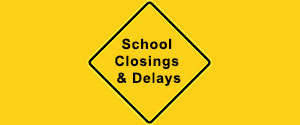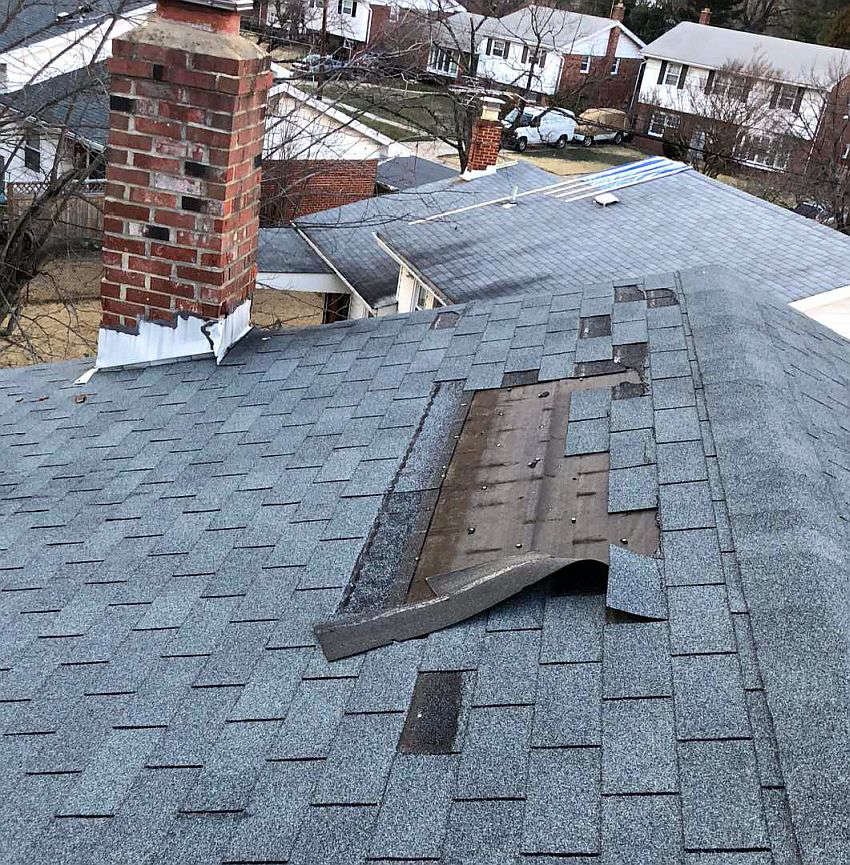
After a severe windstorm or tornado, farm buildings should be thoroughly examined for hidden damage that could weaken the structure and create potential hazards. Prompt repairs are usually more cost-effective in the long run. If structural damage is suspected, consult an expert for further advice.
When inspecting a Roof, you should inspect both the inside and outside of the roof. Avoid checking from the ground unless the roof is too steep or too high to climb safely. If a ground inspection is necessary, use binoculars.
Look for the damaged or missing shingle. Check asphalt shingles for cracks at the butt end, where they may have been weakened from flexing. Ensure no shingles have been blown off. Pay special attention to the ridge, gable ends, and eaves.
With metal roofing examine the entire roof, focusing on gable ends, eaves, and ridge cap. If nails are loose, re-nail them as soon as possible. If nails do not hold when hammered back in, use #12 or #14 metal screws to fill old nail holes. Use aluminum screws for aluminum roofs and steel screws for steel roofs. Re-nail 3 to 4 inches away using ring or screw-type nails.
On a sunny day, check the roof inside the building with the doors closed. While looking for holes, inspect the ridge, gable ends, and eaves for possible structural separation.
Inspect the foundation where it meets the walls. Ensure the plate is not separated from the studding. Check the mortar joints for block foundations to ensure the block with the plate bolt hasn’t separated from the wall. Ensure the plate bolts have not worked loose for stone or concrete foundations.
Inspect the interior of the building for structural damage. Using a good light, check the framing for any issues, including ridge separation, loose knee braces, and loose rafters where they join the walls.


 Marshall County Purdue Extension to host ServSafe Food Handler Training
Marshall County Purdue Extension to host ServSafe Food Handler Training
 1st Source Bank wins Best of Business Awards from Northwest Indiana Business Magazine
1st Source Bank wins Best of Business Awards from Northwest Indiana Business Magazine
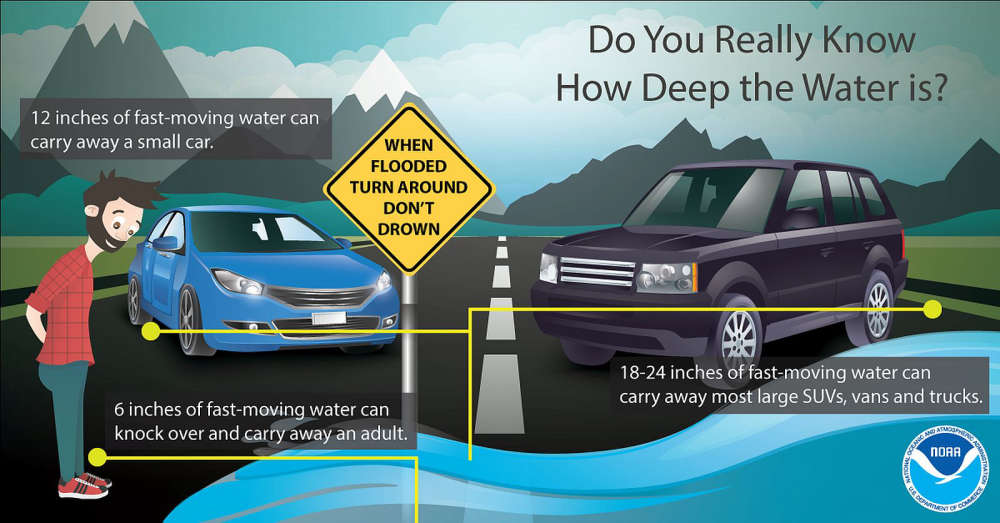 INDOT prepared for severe weather, widespread flooding through weekend
INDOT prepared for severe weather, widespread flooding through weekend
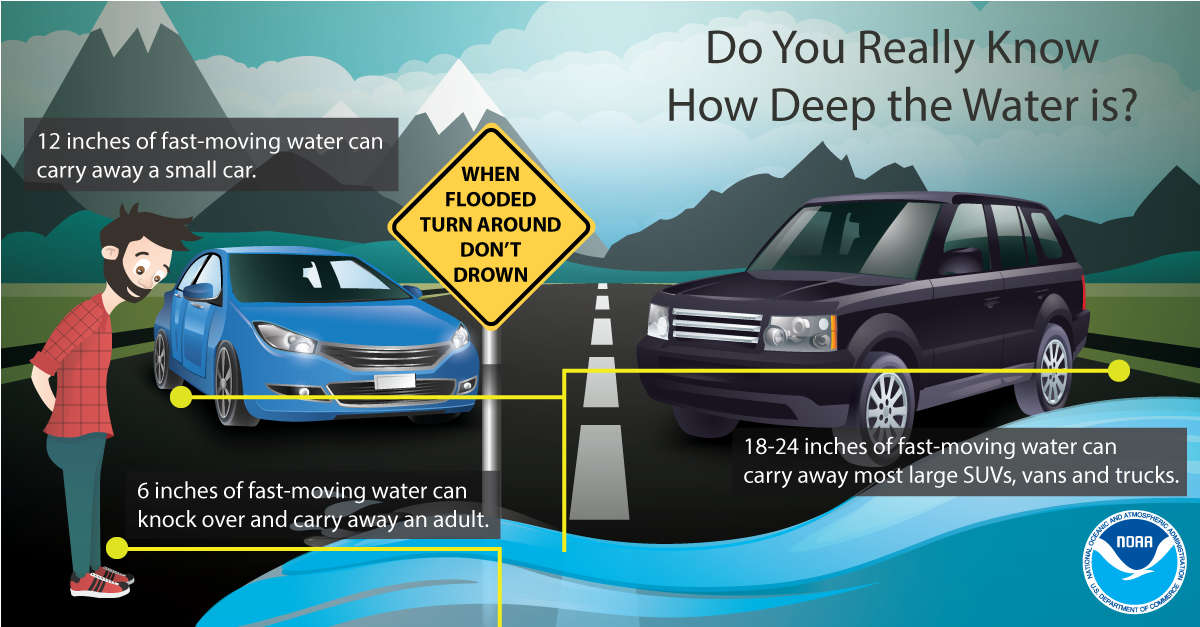 INDOT prepared for severe weather, widespread flooding through weekend
INDOT prepared for severe weather, widespread flooding through weekend
 DCS prioritizes prevention and strengthening communities during Child Abuse Prevention Month
DCS prioritizes prevention and strengthening communities during Child Abuse Prevention Month
 Legislation to provide FFA, 4-H students with excused school absences heads to governor
Legislation to provide FFA, 4-H students with excused school absences heads to governor
 60-year-old Plymouth woman arrested after accident for OWI
60-year-old Plymouth woman arrested after accident for OWI
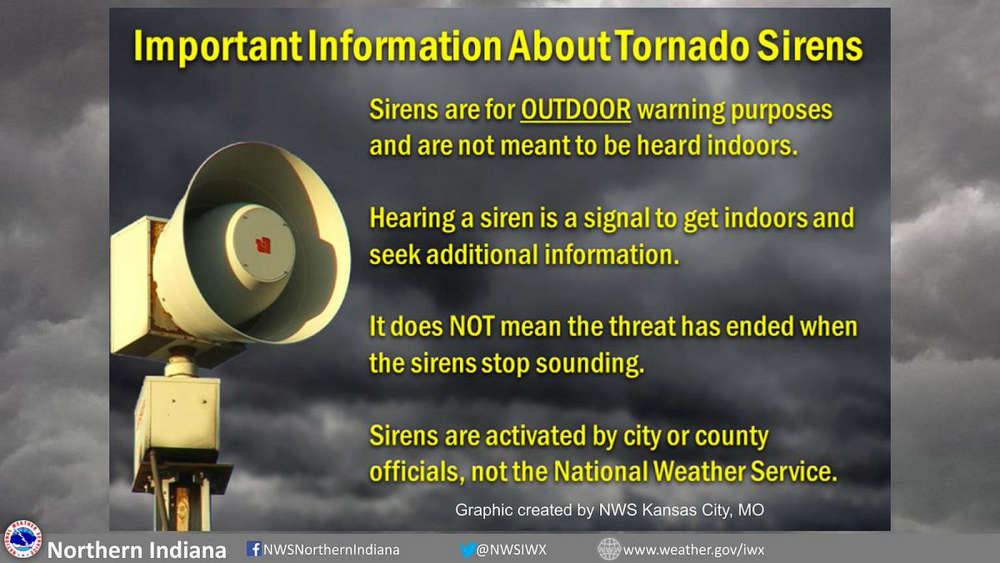 Marshall County EMA Director discusses warning sirens
Marshall County EMA Director discusses warning sirens
